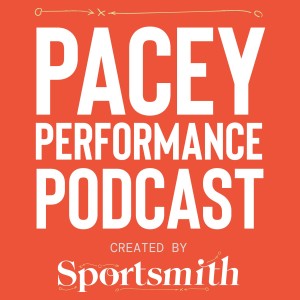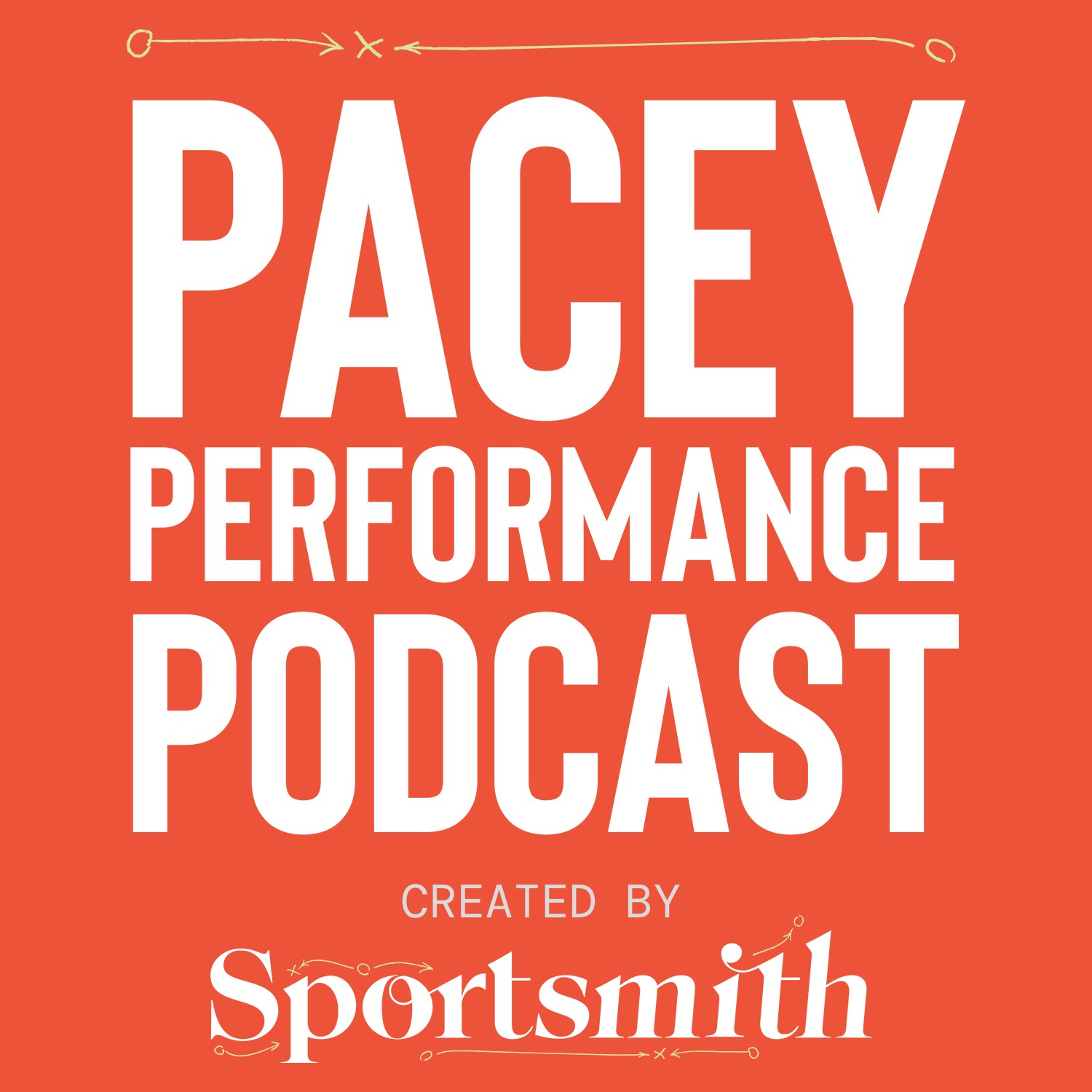Episodes

Wednesday Feb 19, 2025
Getting more aggressive with hamstring injury rehab with Luke Sewell
Wednesday Feb 19, 2025
Wednesday Feb 19, 2025
In this episode of the Pacey Performance Podcast, Luke Sewell discusses his aggressive yet structured approach to hamstring injury rehabilitation, emphasizing early loading, objective monitoring, and collaboration, that can accelerate recovery and minimize reinjury risk while maintaining player confidence and performance. His approach emphasizes a collaborative, aggressive rehabilitation strategy developed over several years, aiming to accelerate recovery while minimizing reinjury risk.
A key component of this approach is early loading, neuromuscular control, and gradual exposure to high-speed movements. Understanding injury severity is crucial, as less severe tendon injuries can be treated more aggressively, whereas complete avulsions require surgery and a conservative approach. Progression is guided by clear rehabilitation goals, objective markers, and emotional support to ensure player confidence.
Luke highlights the importance of using maximal aerobic speed and match output data to tailor rehab intensity, progressing players through sprint work, change of direction drills, and controlled overload. The approach prioritizes communication between medical staff, coaches, and athletes to align rehab strategies with team performance needs.
Strength-building activities, monitored performance markers, and training logs ensure players safely return to full match fitness. The podcast emphasizes that aggressive rehab doesn’t mean reckless; it means structured, progressive, and well-communicated rehabilitation that gets players back faster and stronger.
Key Points:
• Early loading and neuromuscular control are essential.
• Injury severity determines aggressive vs. conservative rehab approaches.
• Maximal aerobic speed guides sprint progressions.
• Match output data tailors individualized rehab programs.
• Communication between staff and players ensures rehab alignment.
• Progressive overload is key but must be monitored carefully.
• Players must meet specific speed and volume targets before return.


No comments yet. Be the first to say something!